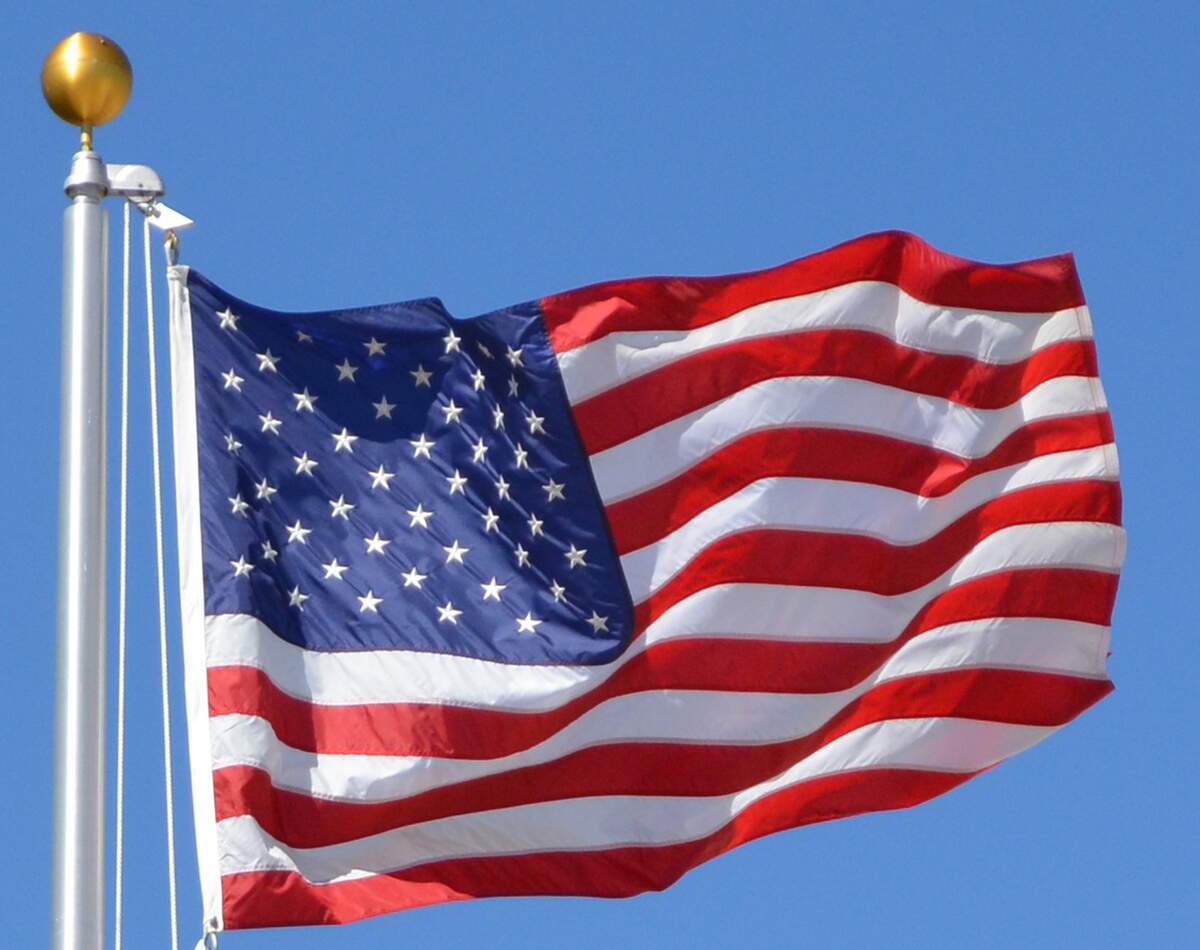

Pledge of Allegiance Day
Observed
annually on December 28th
Dates
Hashtags
Sources
http://www.freerepublic.com/focus/f-news/2416700/posts
http://www.ushistory.org/documents/pledge.htm
https://en.wikipedia.org/wiki/Pledge_of_Allegiance
https://rhapsodyinbooks.wordpress.com/2008/12/28/december-28-1945-congress-officially-recognized-the-pledge-of-allegiance/
https://www.law.cornell.edu/uscode/text/4/4
In 1942, Congressional legislation recognized the words of the Pledge of Allegiance. Pledge of Allegiance Day takes place on December 28, on the anniversary of the day in 1945 when an amendment was made to the 1942 legislation, "to give official congressional sanction to the pledge." Representative Herman Eberharter of Pennsylvania introduced the additional legislation.
The Pledge was written by Francis Bellamy, a socialist Baptist minister, for the occasion of the 400th anniversary of the arrival of Christopher Columbus to the Americas. President Benjamin Harrison proclaimed October 12 as a day to commemorate Christopher Columbus, and stated, "Let the national flag float over every schoolhouse in the country and the exercises be such as shall impress upon our youth the patriotic duties of American citizenship." The "exercise" being referred to was the Pledge Of Allegiance, and it was on this day that it was first recited in schools.
Different iterations of the Pledge have existed over the years, and Bellamy's original pledge read,"I pledge allegiance to my Flag and the Republic for which it stands, one Nation, indivisible, with liberty and justice for all." Five years before Bellamy's pledge, George Balch wrote a pledge that read, "We give our heads and hearts to God and our country; one country, one language, one flag!" Bellamy believed that Balch's pledge was "too juvenile and lacking in dignity." Both pledges were used until 1923, when the National Flag Conference established uniform flag procedures. It was also at this time that references to the "United States" were added to the Pledge, as to make sure immigrants knew which flag they were pledging to. Bellamy disliked this change, and said his original pledge was written so that it could be used by people in any country.
Congress officially recognized the words of the Pledge of Allegiance in June of 1942. It was also during this year that the way the flag was saluted was changed. Bellamy's original salute had a reciter hold their arm out towards the flag, but this was discontinued as it was seen as being too reminiscent of the Nazi salute. On December 28, 1945, the Pledge was officially sanctioned by Congress—this is why Pledge of Allegiance Day takes place when it does.
In 1954, the words "under God" were added to the Pledge. This was during the height of the Cold War and the fight against Communism, and also at a time of religious reawakening in the United States following World War II. For years, groups such as the Sons and Daughters of the American Revolution, and the Knights of Columbus, fought to have "under God" added to the Pledge. Abraham Lincoln had used the words in the Gettysburg Address, and this was another argument that had helped drive the cause to have the words added. President Eisenhower, who had recently been baptized Presbyterian, had heard a sermon while sitting in Lincoln's pew, at Lincoln's church, the Sunday before Lincoln's birthday, in 1954. The sermon referenced the Gettysburg Address, the Pledge, and the words "under God", and how those words set the United States apart from other countries. Remember, this was at a time when the Soviet Union was many times looked at as being filled with godless Communists. It was in this context that "under God" was added to the Pledge, and President Eisenhower signed the addition into law on Flag Day in 1954. Since this change, legal challenges to its Constitutionality have been made, but it has been ruled that the phrase represents "a patriotic, not a religious, exercise." Challenges have also been made when students have been forced to say the Pledge, and it has been ruled that students may choose to not recite or stand for the Pledge if they so wish, at it is their 1st Amendment right to do so.
How to Observe Pledge of Allegiance Day
The day could be used to teach a young person the Pledge, to explain to them what the Pledge means, and what it means to you. Other activities such as learning how to fold a flag or properly raise a flag on a flagpole could also be learned. This may also be a good day to read about the history of the United States flag.





















